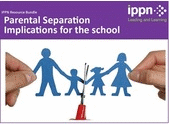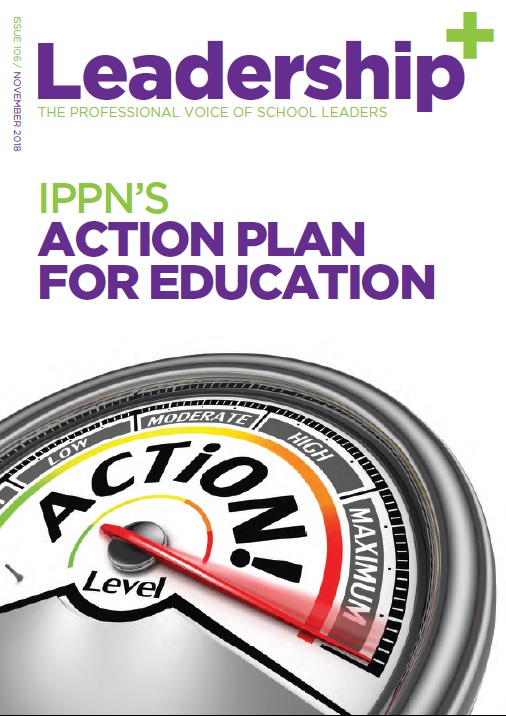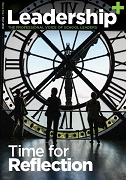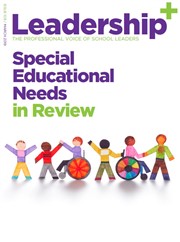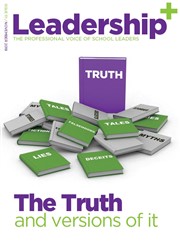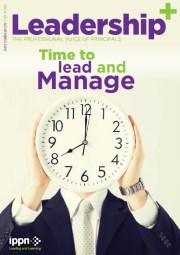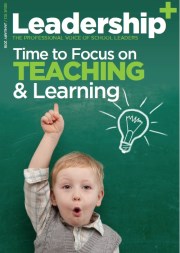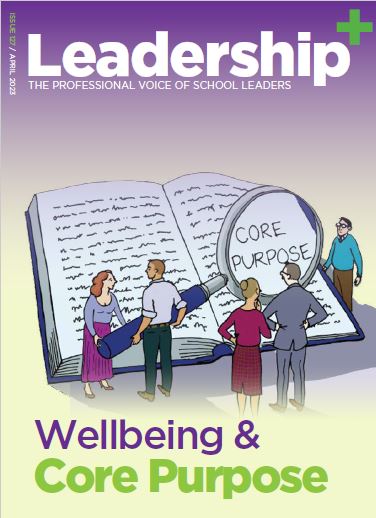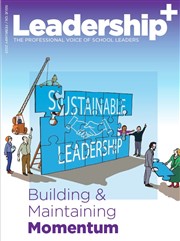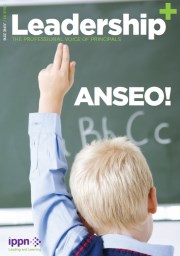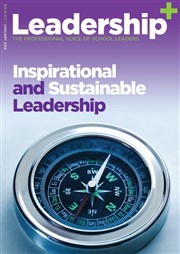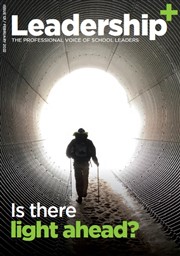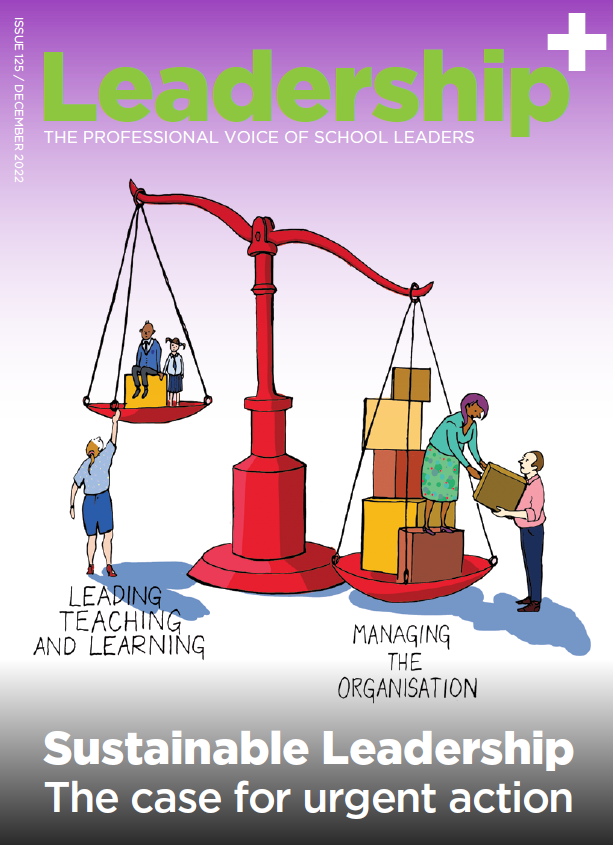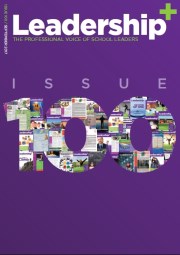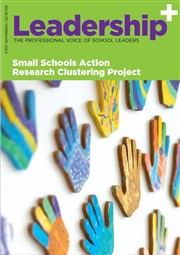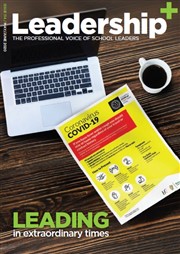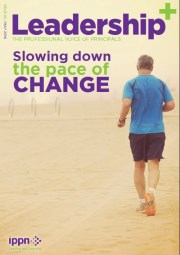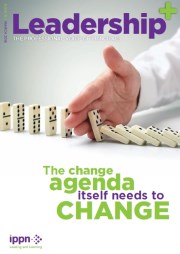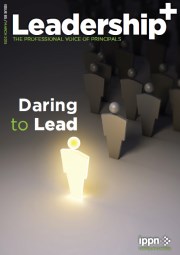Annual Monitoring Report on Integration [esri.ie]
- Published: 03 May 2011
How are immigrants integrating into Irish society?
The Annual Monitoring Report on Integration, published today (4 May 2011) by The Integration Centre and the Economic and Social Research Institute , brings together a range of indicators to develop a profile of how immigrants are integrating into various aspects of Irish society: employment, education, social inclusion and active citizenship. Following a framework proposed at the EU Ministerial Conference on Integration at Zaragoza in 2010, the key indicators aim to be comparable across EU Member States, based on existing national data, and focused on outcomes. Immigrant equality in the workplace is also explored as a special theme in this Report using the National Workplace Survey. Other indicators draw primarily on surveys conducted by the CSO.
Key Findings
Employment
- Overall immigrants have been harder hit by the current recession than Irish nationals – with more job losses and a higher unemployment rate. At the start of 2010 their unemployment rate was 16% compared to less than 13% for Irish nationals. More recent data from the CSO shows that this gap grew over 2010.
- Among non-Irish nationals, unemployment is highest among New Member State (EU12) nationals, and lowest among old EU (EU13) nationals.
Education
- Comparing all adults, a higher proportion of non-Irish nationals have third level qualifications than Irish nationals, though this gap is much smaller among young people (25-34 year olds).
- PISA data from 2009 for 15 year olds show that while English-speaking immigrant students score as highly as Irish children, non-English-speaking students have much lower achievement scores in Maths and Reading.





